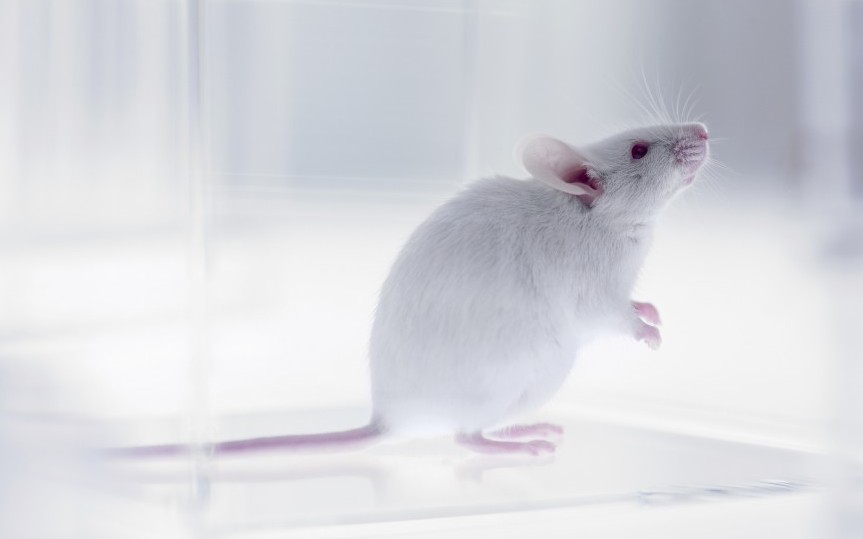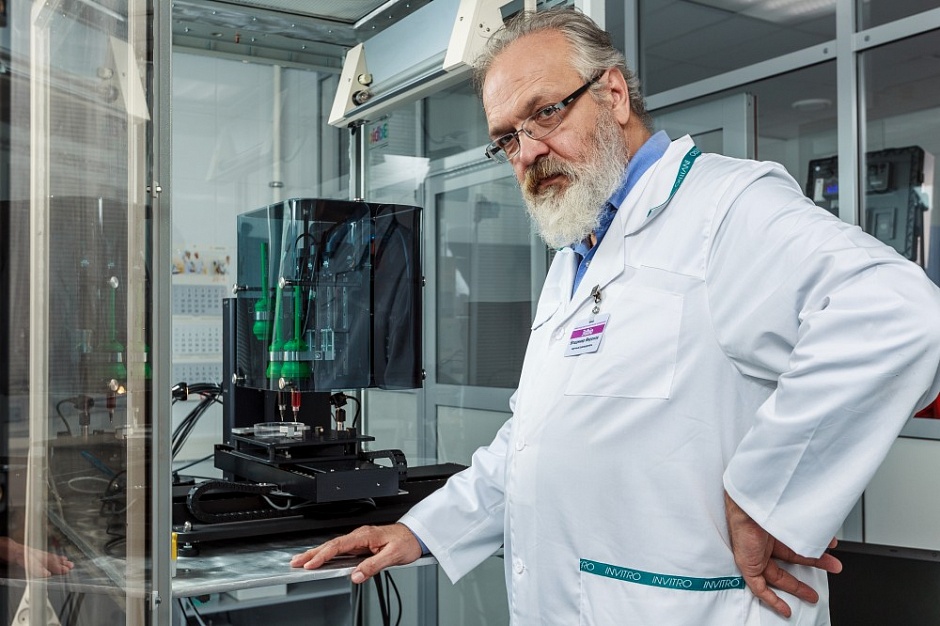
Russian scientists from the laboratory for biotechnological research, 3D Bioprinting Solutions has released the news that they have managed to successfully transplant a laboratory mouse thyroid, printed on the 3D-bioprinter. This news should bring hope to the more than 660 million people suffering from diseases and pathologies of this organ. But researchers are not going to stop there. In the future they plan to learn how to type healthy kidneys.
To print the thyroid gland was first used Russian bioprinter FABION and printed material were used in mice cells. Experimental laboratory mice previously destroyed their own thyroid gland using radioactive iodine. Printed after transplantation of thyroid in mice, the scientists periodically measured the hormone levels of T4 in rodents. The level of this hormone increased, this suggests that printed body successfully engrafted and is functioning normally. The surgery was 11 weeks ago, and at the moment the thyroid gland is fully functional.
“We printed our designs and at this stage, hoisted the mice. Three weeks after [the transplant], we measured the levels of the hormone T4, temperature and found that the mice with the transplanted constructs were high levels of the hormone T4 and high temperature. Then we saw another 8 weeks, the hormone levels continued to rise. In General, we believe the experiment was successful because we were able to raise the level of the hormone T4. Thus, we have proved that our construct, when transferring the mouse is fully working”, — says head of the laboratory Elena Bulanova.

The thyroid gland was selected by scientists because it is a fairly simple organ for research work. The first workable sample of the body was printed in March of 2015. The authors of the study do not exclude that soon humanity will be available printing other, more complex organs. The important point is the fact that artificial organs printed from a patient’s own cells, does not require a constant intake of immunosuppression drugs that reduce the likelihood of their exclusion. A report on the research findings was presented in early November at the international conference on Biofabrication 2015 in the Netherlands.
“Now we want to try to use induced stem cells from an adult organism, essentially having the functions of embryonic, but not derived from embryos. There are many new and interesting but challenging tasks that need to be addressed, but this is another level of development of the industry as a whole”, — said the Executive Director of the laboratory Yusef Hesuani.
